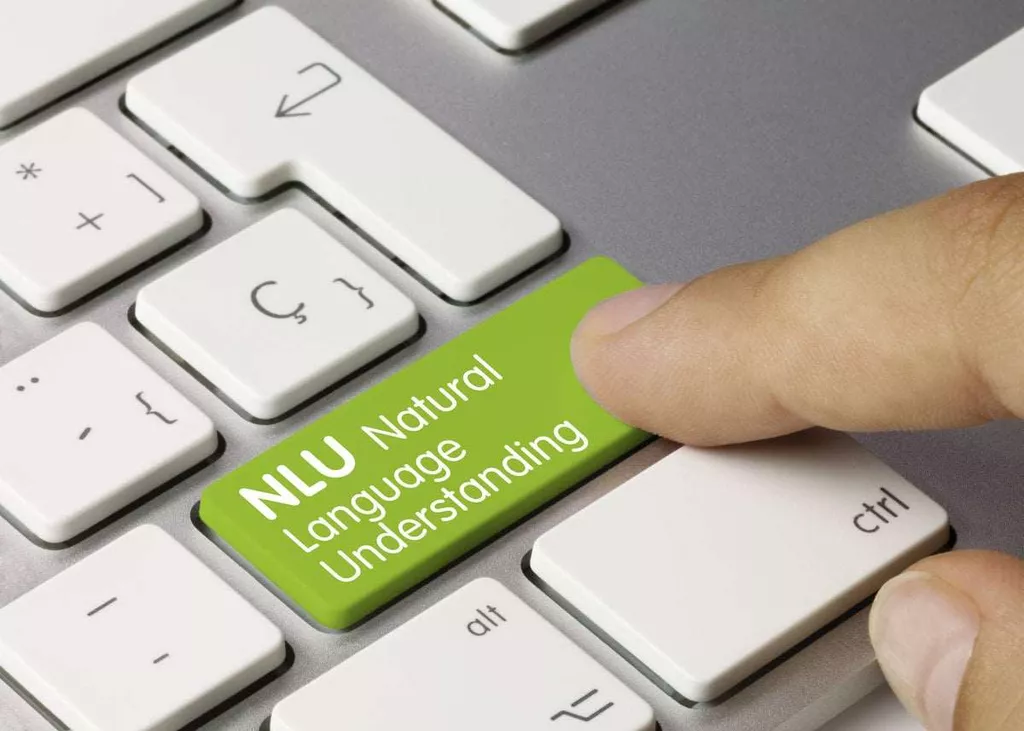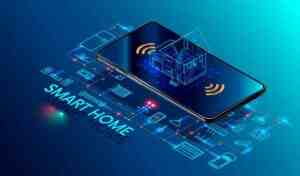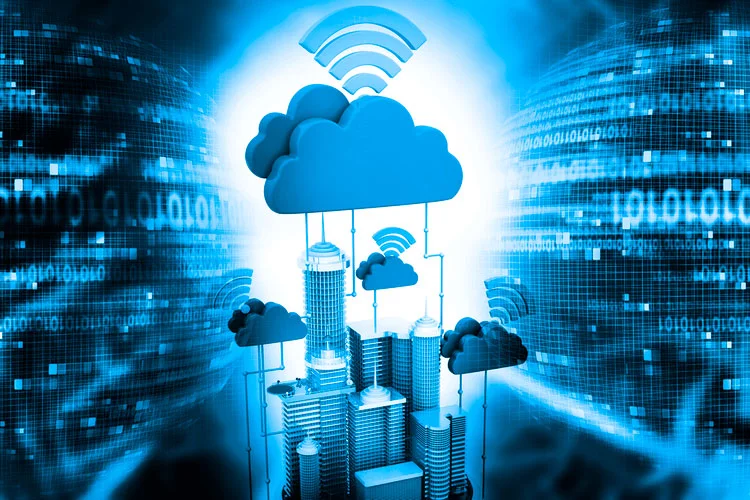Locations such as department stores, airports, industrial plants, and hospitals, may employ dozens or even hundreds of cameras for varied purposes. Typically, they will be used for security and access control to visitor behavior analysis, crowd management, and VIP customer identification. Connecting all the cameras to one or a few central workstations running facial recognition is the easiest, most robust, and likely most economical solution. Face detection is the first step the engine takes to confirm the presence of faces as they appear on a live camera feed, a video recording or as it scans still image captures.

More than 60 organizations call on the European Commission to strictly regulate the use of biometric surveillance technologies. A state police reform law in Massachusetts will take effect in July 2021; a ban passed by the legislature was rejected by governor Charlie Baker. Instead, the law requires a judicial warrant, limit the personnel who can perform the search, record data about how the technology is used, and create a commission to make recommendations about future regulations. Greek police passed a contract with Intracom-Telecom for the provision of at least 1,000 devices equipped with live facial recognition system.
How facial recognition is being tested
In June 2019, Somerville, Massachusetts became the first city on the East Coast to ban face surveillance software for government use, specifically in police investigations and municipal surveillance. In July 2019, Oakland, California banned the usage of facial recognition technology by city departments. Some worry that the use of facial recognition along with ubiquitous video cameras, artificial intelligence, and data analytics creates the potential for mass surveillance, which could restrict individual freedom.
Face recognition has wrapped its arms around plenty of niches, and mobile app development is not an exception. Apps for real-time emotion detection, quarantine tracing apps, funny face filters, security apps – there will be even more of apps to come. So, if you are planning to build facial recognition software or a mobile app, it is best to use an API for implementation.
Infrared assisted face unlock
Companies like IBM have the stated goal of using these images to try and improve the accuracy of facial recognition, particularly among people of color. Theoretically, by ingesting the data from a large catalog of faces, the system can fine tune its algorithms to account for a larger variety of facial structures. Amongst the best facial recognition apps, AppLock is one that ensures that only a user can access their social media apps, personal info, and financial accounts.
- Nonetheless, images from the database, and others scraped from social media, are used to create watchlists for use in facial recognition systems.
- When classifying the faces of cisgender individuals into male or female, these systems are often fairly accurate, however were typically confused or unable to determine the gender identity of transgender and non-binary people.
- If your faceprint matches an image in a facial recognition database, then a determination is made.
- Ars Technica reported that “this appears to be the first time has led to an arrest”.
- Hotel rooms, public bathrooms, changing rooms and bathrooms must not install equipment for collecting images or personal information, the proposed rules said.
However, facial recognition of masked faces is increasingly getting more reliable. Facial recognition algorithms can help in diagnosing some diseases using specific features on the https://www.globalcloudteam.com/ nose, cheeks and other part of the human face. Relying on developed data sets, machine learning has been used to identify genetic abnormalities just based on facial dimensions.
How to Build a Mobile App with Face Recognition Technology?
The technology offers a powerful way to protect personal data and ensures that sensitive data remains inaccessible if the phone is stolen. Apple claims that the chance of a random face unlocking your phone is about one in 1 million. Other forms of biometric software include voice recognition, fingerprint recognition, and eye retina or iris recognition. The technology is mostly used for security and law enforcement, though there is increasing interest in other areas of use. Facial recognition, and the potential it holds, is clearly a more positive advancement than detractors would like to admit.

A secondary 30,000-point infrared laser matrix is then beamed out, which reflects off the flood light. Rather than snapping a picture of this infrared light, a special infrared camera detects subtle changes in the matrix point reflections as your face makes minute movements, which allows the camera to capture very accurate 3D depth data. Apple unveiled its new Face ID technology as part of its iPhone X launch, the first 3D face scanning tech in a smartphone.
Payment Services
The app provides hundreds of different features, such as hairstyles, expressions, backgrounds, and moods that you can choose from to customise your avatar. It is also available in 58 languages, which makes it accessible to a diverse user base. Another reason machine learning can play a role in facial recognition quality is that there isn’t a universal software system.
By 2015, the Viola–Jones algorithm had been implemented using small low power detectors on handheld devices and embedded systems. Therefore, the Viola–Jones algorithm has not only broadened the practical application of face recognition systems but has also been used to support new features in user interfaces and teleconferencing. Today, a lot of apps are moving away from passwords towards biometrics. You might wonder, how come it is secure enough to replace the old-fashioned password system? Well, every person has unique biometric features like nose, lips, eyes, interpupillary distance, etc.
How to Implement Facial Recognition in Your App or Software?
Apple claims that possibility the random person could unlock your iPhone X using Face ID is approximately 1 in 1,000,000 when with Touch ID is 1 in 50,000. Flood illuminator – Invisible infrared light helps identify your face even when it’s dark. Structured light – algorithms generate depth maps by analyzing the distortions in random patterns of dots projected on the user’s face. Speaker recognition face recognition app is already used by banks and the HMRC to confirm people’s identities and its use is spreading. Unlike speech recognition, which translates sounds to words, speaker recognition detects the unique acoustic patterns created by an individual’s vocal tract and their speech habits. We are a healthcare IT company and wanted to build a Mobile Application for both Android and IOS using Flutter.

The algorithms are submitted to NIST by corporate research and development laboratories and a few universities. As prototypes, these algorithms are not necessarily available as mature integrable products. For all algorithms that NIST evaluates, NIST posts performance results on its FRVT website and identifies the algorithm and the developing organization.
AppLock
In the same way that Touch ID revolutionized authentication using a fingerprint, Face ID revolutionizes authentication using facial recognition. Face ID provides intuitive and secure authentication enabled by the state-of-the-art TrueDepth camera system with advanced technologies to accurately map the geometry of your face. Of all the biometric measurements, facial recognition is considered the most natural. Intuitively, this makes sense, since we typically recognize ourselves and others by looking at faces, rather than thumbprints and irises.
